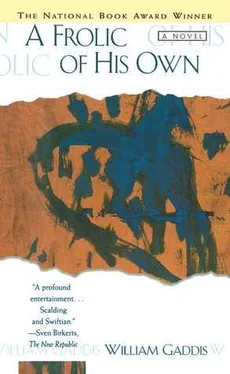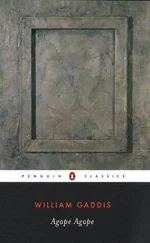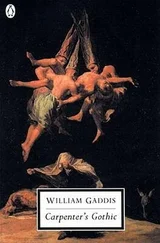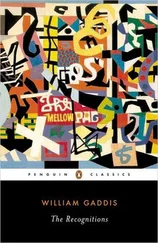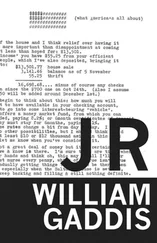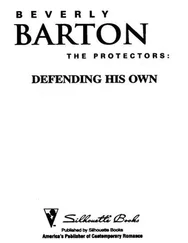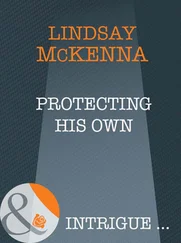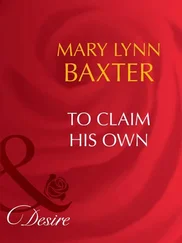if this de minimis defense cannot prevail, then neither can defendants' copious recital of omissions, variations and incidents foreign to both the play and the public domain. The simple handshake transformed on the screen to a heaving ejaculatory introduction between the leading couple is after all classic, in the vulgar sense, 'Hollywood' usage of a property assuming of course that the rights to the context of the handshake have first been secured, just as the picture's entirely gratuitous rape scene is an excusatory contrivance for the obligatory nudity presumably contemplated in the female star's seven figure contract, 'incident springs out of character, and having occurred it alters that character,' writes the English novelist E M Forster, and 'characters, to be real, ought to run smoothly, but a plot ought to cause surprise.' Thus in the play we see plot emerging from character, whereas in the picture the characters are mere puppets of the plot, and defendants will prosper no better with reciting prolonged instances of the play's dialogue which do not occur in the picture, than in pointing the accusing finger at plaintiff for his cavalier lifting of dialogue and even whole scenes from the works of Plato, for as elucidated by Judge Hand in Sheldon v. Metro-Goldwyn Pictures, supra: 'Borrowed the work must indeed not be, for a plagiarist is not himself pro tanto an "author"; but if by some magic a man who had never known it were to compose anew Keats's Ode on a Grecian Urn, he would be an "author," and, if he copyrighted it, others might not copy that poem, though they might of course copy Keats's. (Citations omitted.) True, much of the picture owes nothing to the play… but that is entirely immaterial; it is enough that substantial parts were lifted; no plagiarist can excuse the wrong by showing how much of his work he did not pirate. We cannot avoid the conviction that, if the picture was not an infringement of the play, there can be none short of taking the dialogue.'
It becomes clear beyond peradventure that the district court abused its discretion in granting defendants' motion for summary judgment dismissing a complaint containing triable issues of fact including that of novelty, to which the issue was largely reduced, relying heavily on Murray v. National Broadcasting Company, supra, as argued in defendants' representations of 'fair use' making no finding in the instant case on whether they actually used the play or not. In this connection we again find Pratt C.J., dissenting in Murray, persuasive in his observation that there is no evidence indicating NBC knew anything of the program idea until Murray submitted it' and '(even though plaintiff's idea was in public domain, no evidence that defendant knew about or would have discovered the idea except through plaintiff's proposal; hence the "idea was novel" as far as defendant was concerned.'
Plaintiff's Fourth, Fifth, Sixth and Seventh Causes of Action relate to defendants' alleged infringement of plaintiff's copyrighted property. Plaintiff's Fourth Cause of Action is for unjust enrichment. In his Fifth Cause of Action plaintiff claims fraud and conspiracy between defendants Erebus and Kiester in the non-performance clause of their contract. Plaintiff's Sixth Cause of Action charges naked theft of characters and sequences to be found nowhere in material presented in discovery as from the public domain, in his Seventh Cause of Action which is against Kiester and his head writer Knize only, plaintiff claims misrepresentation, deceit and fraudulent conduct in the misappropriation and conversion of copyrighted material on deposit at certain public institutions, and of material obtained under false pretenses from plaintiff some years earlier. Plaintiff's Eighth Cause of Action is directed against the writing team assembled by the producer holding them liable asjoint tort feasors in this action.
Plaintiff's First Cause of Action claiming his original and prevailing proprietary interest in the main character of the story by virtue of its depiction of his own grandfather, whom he had indeed known as a small child and some of whose papers and effects remain in his possession, was dismissed by the trial judge holding that such grounds even if justiciable could not survive the entry of the story itself into the public domain through turn of the century press clippings, subsequent publication in Western North Carolina Sketches and elsewhere. We concur, in dismissing plaintiff's Second Cause of Action for breach of an implied contract, the judge cites Murray v. National Broadcasting Co., supra, quoting Miller v. Schloss, 218 N.Y. 400,406, 407,113 N.E. 337 (1916) stating that '(a) contract cannot be implied in fact where the facts are inconsistent with its existence; or against the declaration of the party to be charged… The assent of the person to be charged is necessary and unless he has conducted himself in such a manner that his assent may fairly be inferred he has not contracted,' and, as in Murray, '(t)he facts in this case do not support a finding of an intent to contract. On the contrary, the complaint alleges NBC's express rejection of plaintiff's proposal,' in this case the infringed work. Again we concur, as we do also with the dismissal of plaintiff's Third Cause of Action alleging fraud on the part of Kiester in his repeated changes of name to conceal his original access to the play under his original identity, since we find in defendant's Third Affirmative Defense of these name changes tor professional reasons' expressed in his own indelicate choice of words 'I'm a Jew the minute I step off the plane in LA.' to carry with them the vulgar ring of truth.
The Ninth Cause of Action contains the charges that the fraudulent conduct on the part of the defendants as herein alleged was willful, wanton, malicious and in utter disregard of the rights of the plaintiff causing him mental and professional distress and that as a result he is entitled to compensatory and treble or punitive damages, an accounting, a constructive trust for plaintiff's benefit on all profits and gross revenues from The Blood in the Red White and Blue, an injunction stopping its showing unless and until he is credited with his originative role in its creation, interest, costs and reasonable attorney's fees.' Responding to plaintiff's charge of unjust enrichment at the expense of the possibility of the sale or production of his play elsewhere, defendant has claimed in oral argument that plaintiff has received such an offer since filing his complaint, but absent clear evidence to this effect we must dismiss defendant's claim as hearsay. That it is a 'unique, artistic property' there can be no doubt, since notwithstanding and despite the district court's dismissal rejecting plaintiff's claims on these grounds, it is so described in the remedies section of the development agreement drawn between Erebus Entertainment inc. and producer director Constantine Kiester, defendants, giving Kiester the right to prevent the loss of this 'unique, artistic property' making certain that if his relationship with Erebus faltered this novel idea and property would be protected from disclosure. That its bare skeleton exists in the public domain may be granted, but only in the face of the persuasive argument that but for plaintiff's submission it is hugely unlikely that defendants would have come upon it there in the form of newspaper accounts appearing in the Castonia Tribune, Castonia, North Carolina, on June 4 and July 2, 1903, and January 14,1904, and the Rutherfordton Sun for June 4,1903, or the gist of these accounts gathered in the slim locally published Western North Carolina Sketches a half century ago. Yet even assuming this vast unlikelihood to have taken place, and whatever defendants may have applied to their purpose from the various papers and letters on file at a university library, where again plaintiff established his copyright, no evidence has been presented of the bleak mother figure common to both the play and the picture appearing in these confines of the public domain; nor of an intestate uncle (the original of the protagonist inherited from his wealthy grandfather); nor of the cheek by jowl wretched farmhouse with the extravagant plantation, nor of its proprietary major, nor its heiress wife bawdy or otherwise; nor a conniving brother in law; nor even a runaway slave; nor finally a scheming Irish figure of fun or his Italian counterpart; stereotypical as these roles may be, to find their corresponding parts in 'such plan, arrangement and combination of similar materials' coincidental taxes credulity beyond any imaginable bounds. Thus where defendant-appellees urge the defense of 'public domain' claiming that all material in that category may be used repeatedly without charge of infringement, that claim is limited by the court in Fred Fisher, Inc. v. Dillingham, D.C., 298 F. 145, 146, 150 as follows: 'Any subsequent person is, of course, free to use all works in the public domain as sources for his compositions. No later work though original, can take that from him. But there is no reason in justice or law why he should not be compelled to resort to the earlier works themselves, or why he should be free to use the composition of another, who himself has not borrowed. If he claims the rights of the public, let him use them; he picks the brains of the copyright owner as much whether his original composition be old or new. The defendant's concern lest the public should be shut off from the use of works in the public domain is therefore, illusory; no one suggests it. That domain is open to all who tread it; not to those who invade the closes of others.'
Читать дальше
